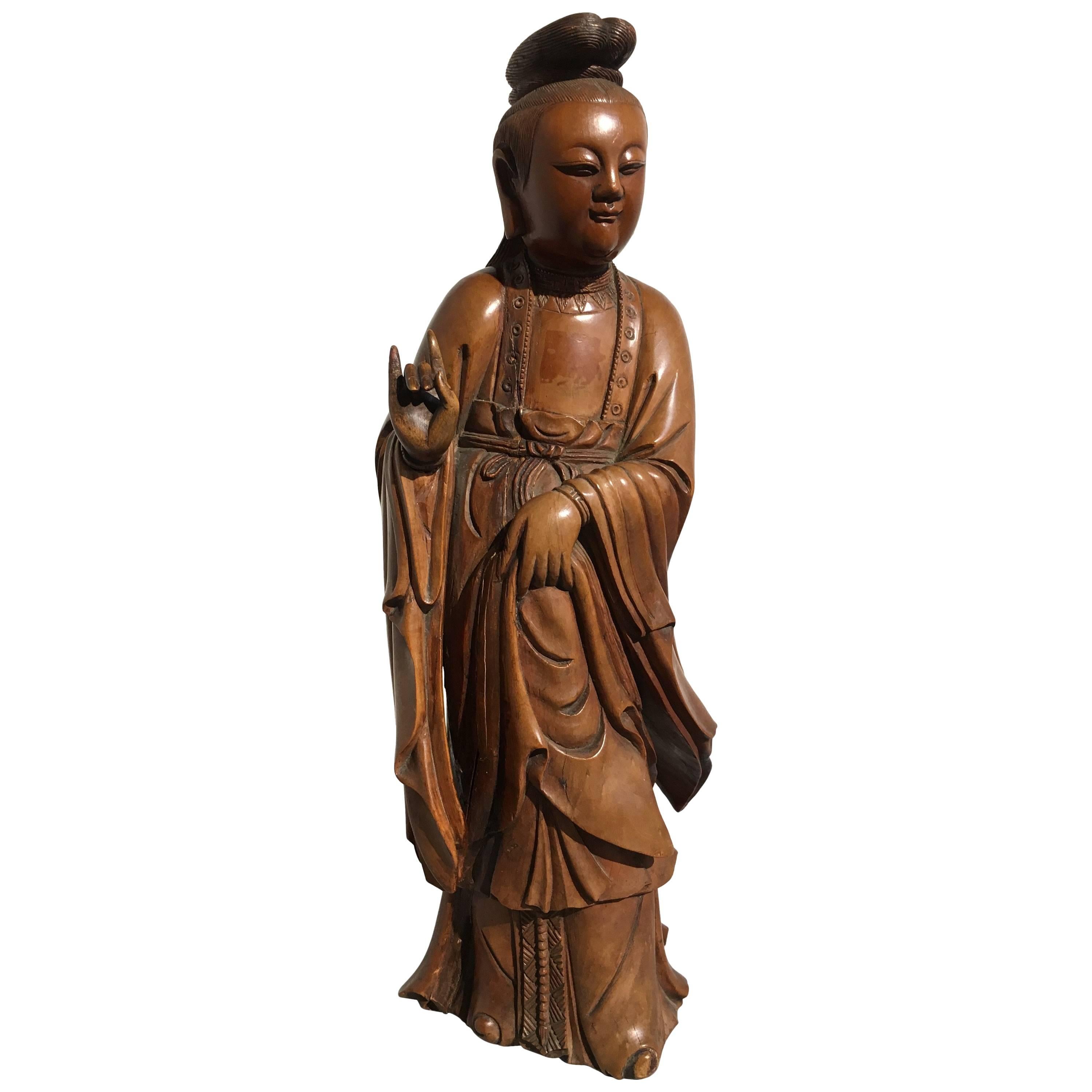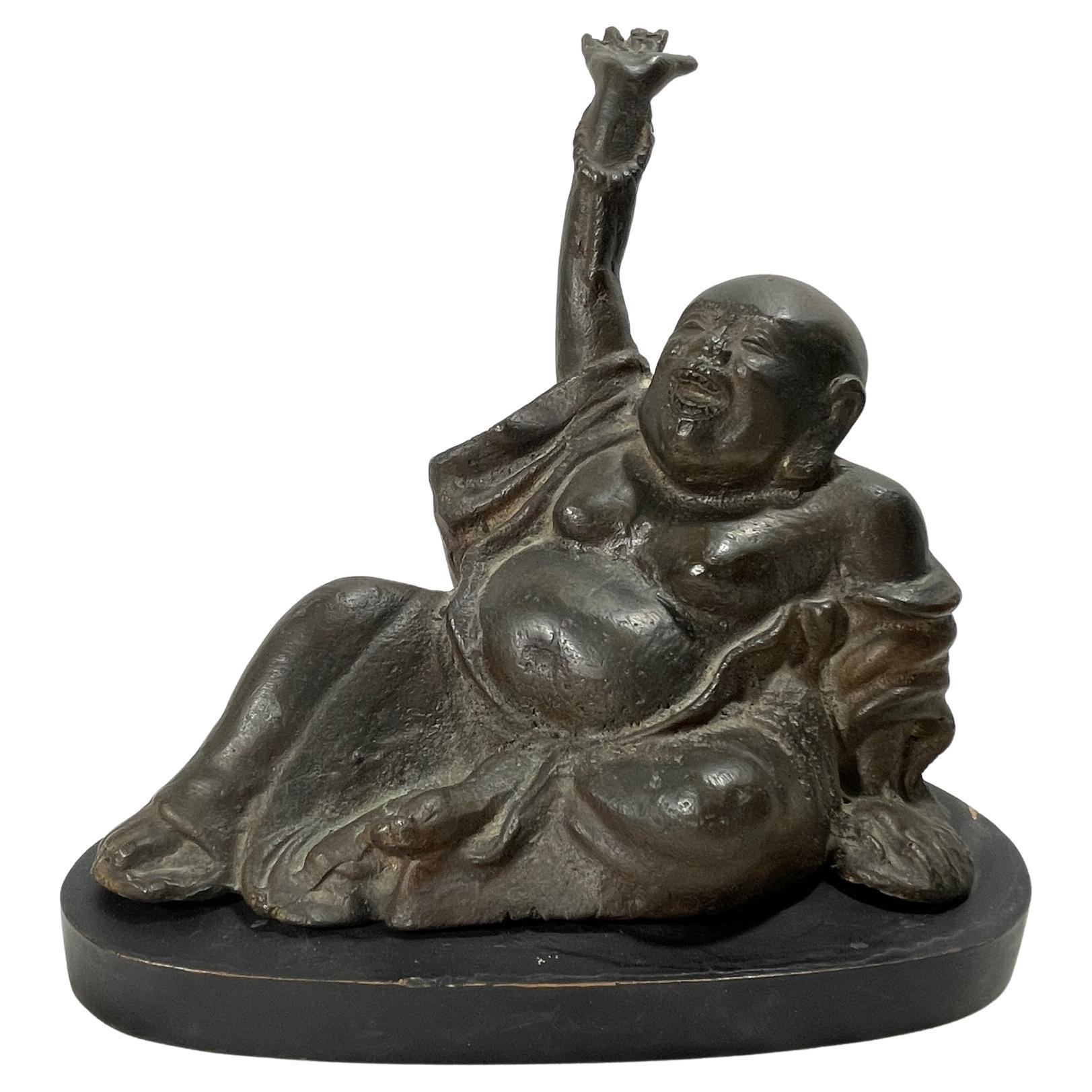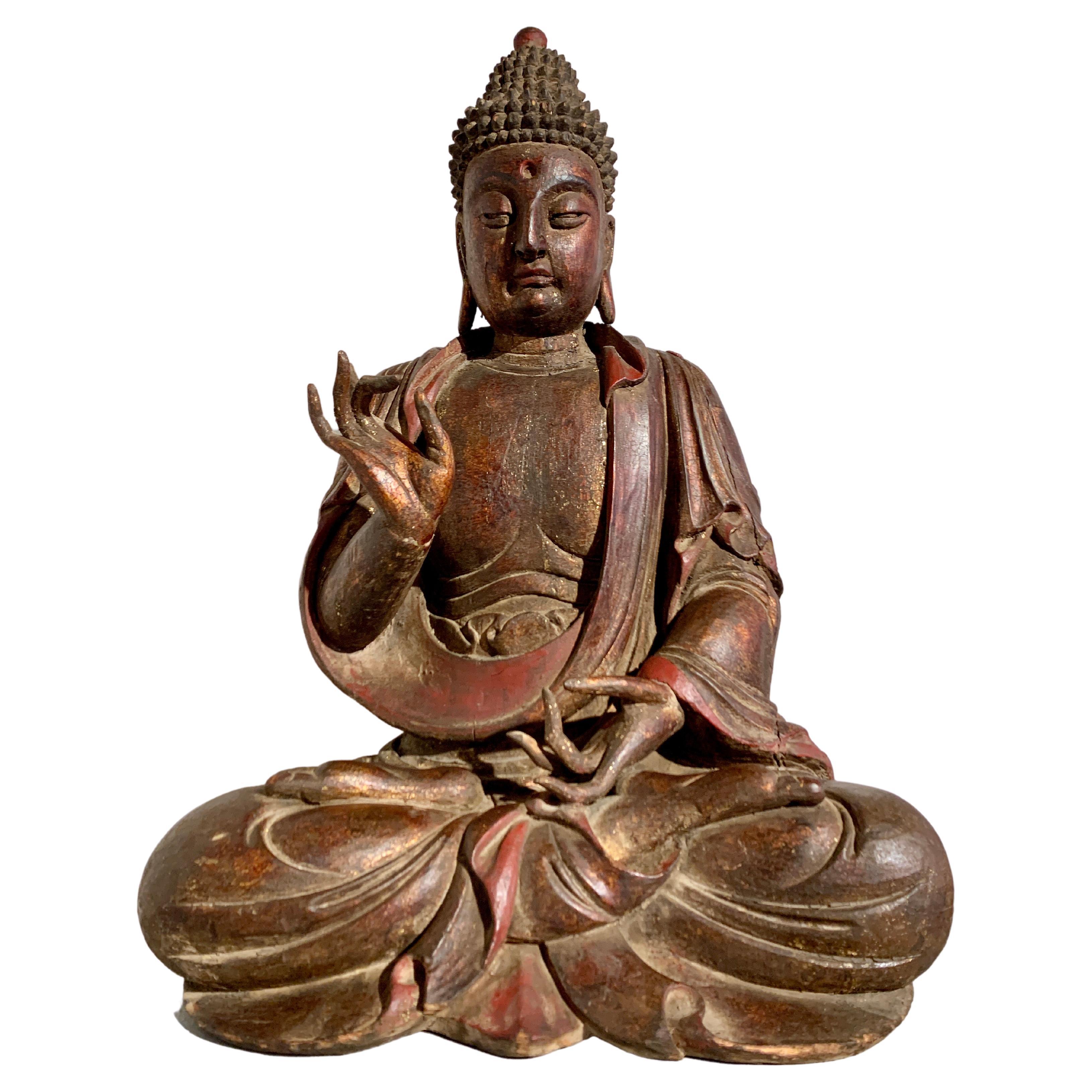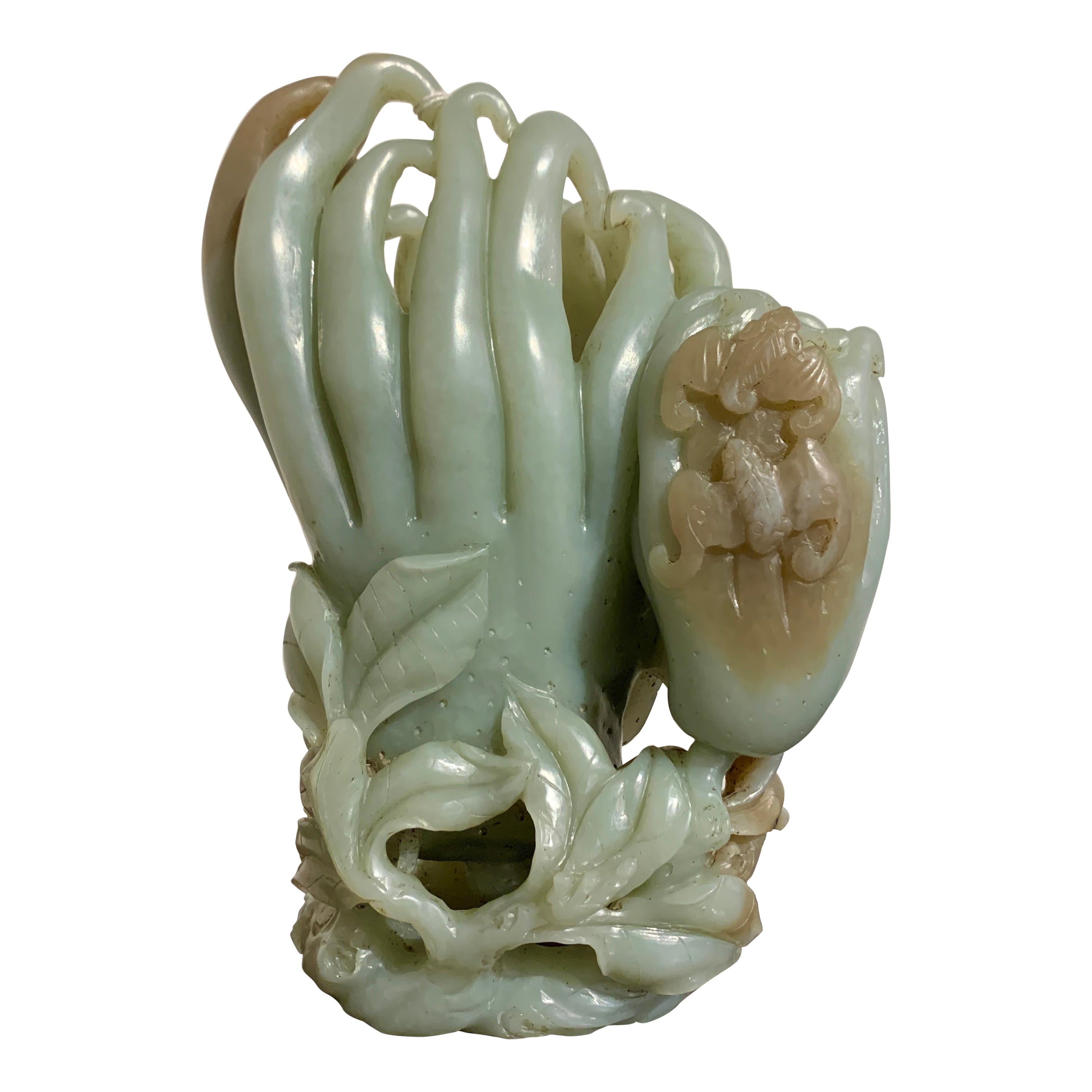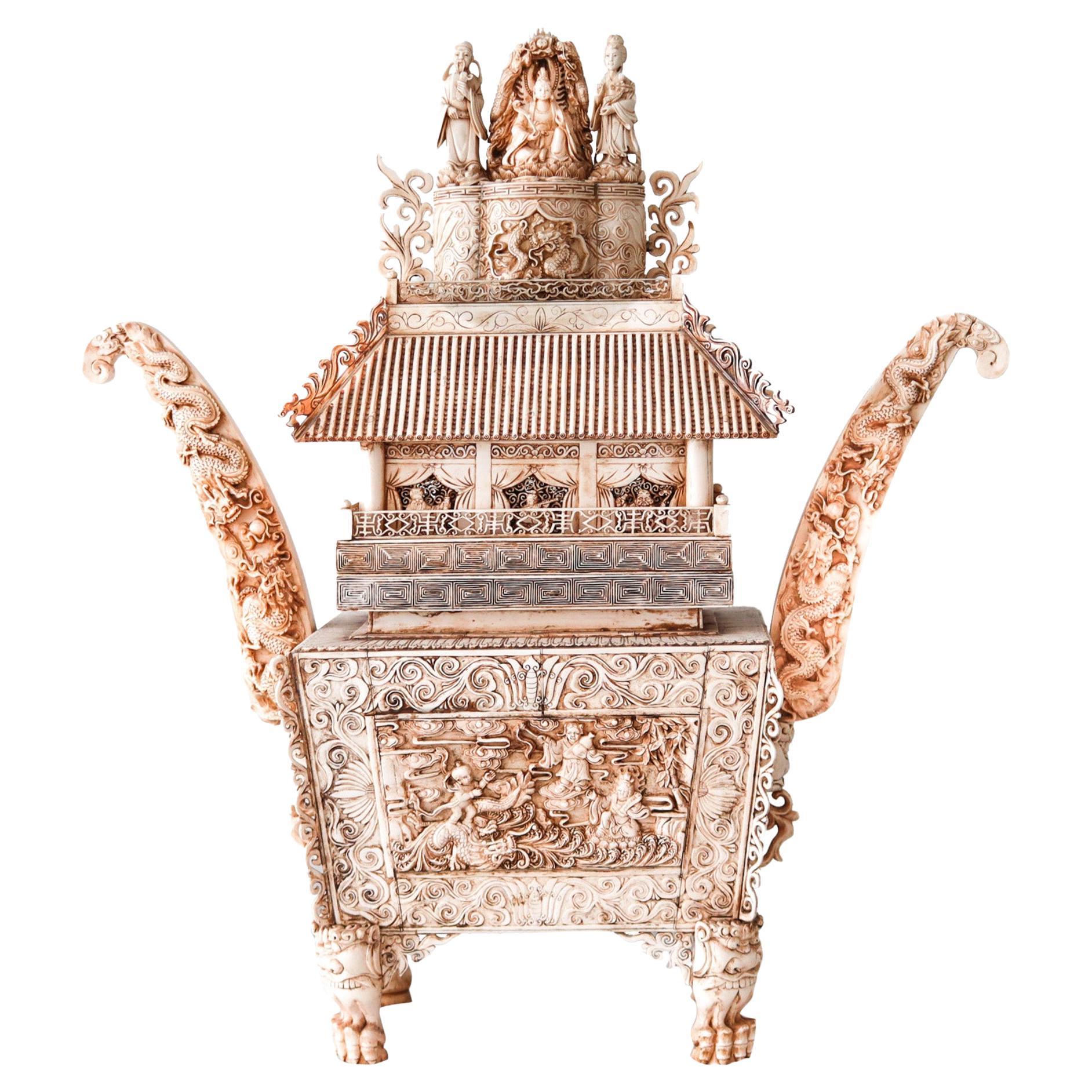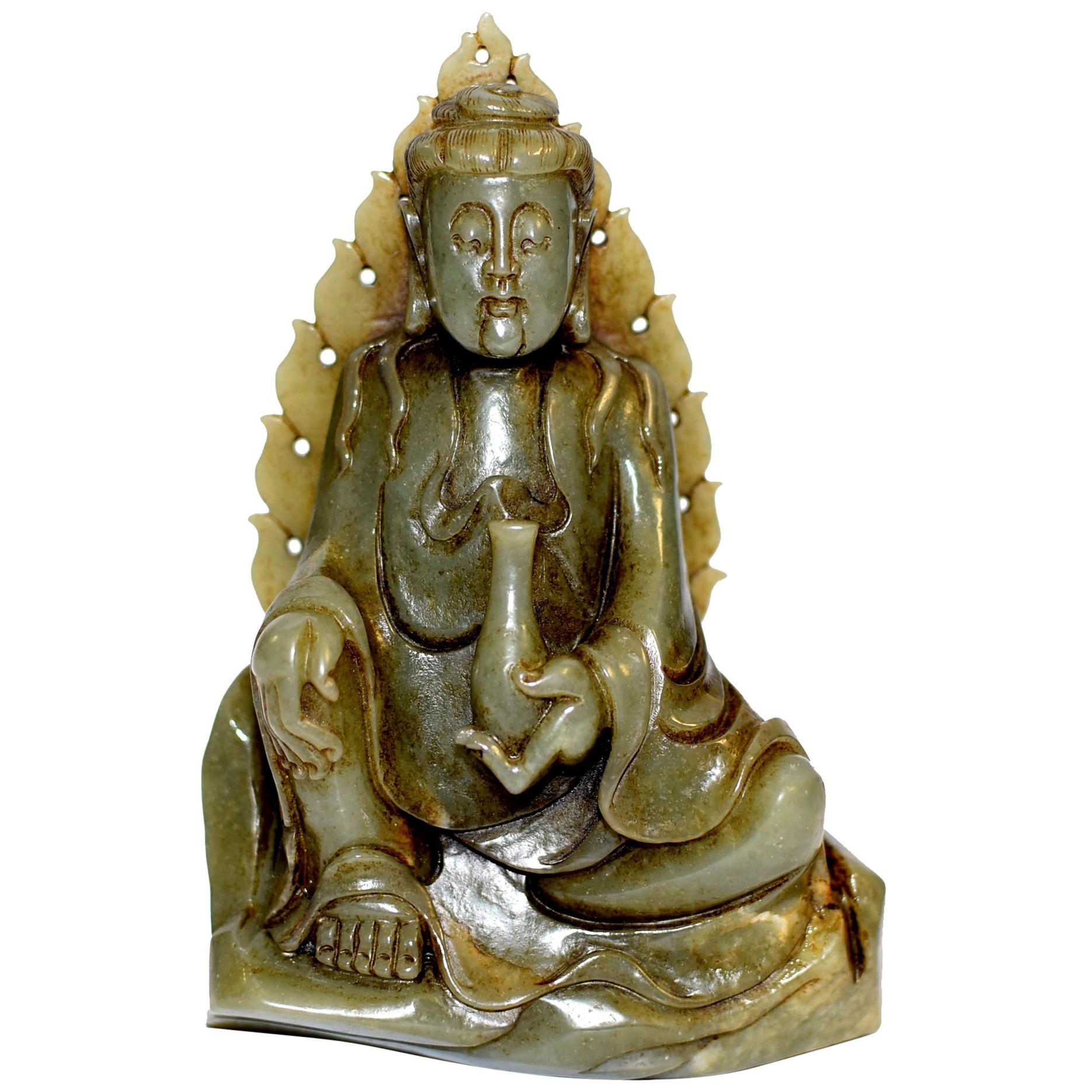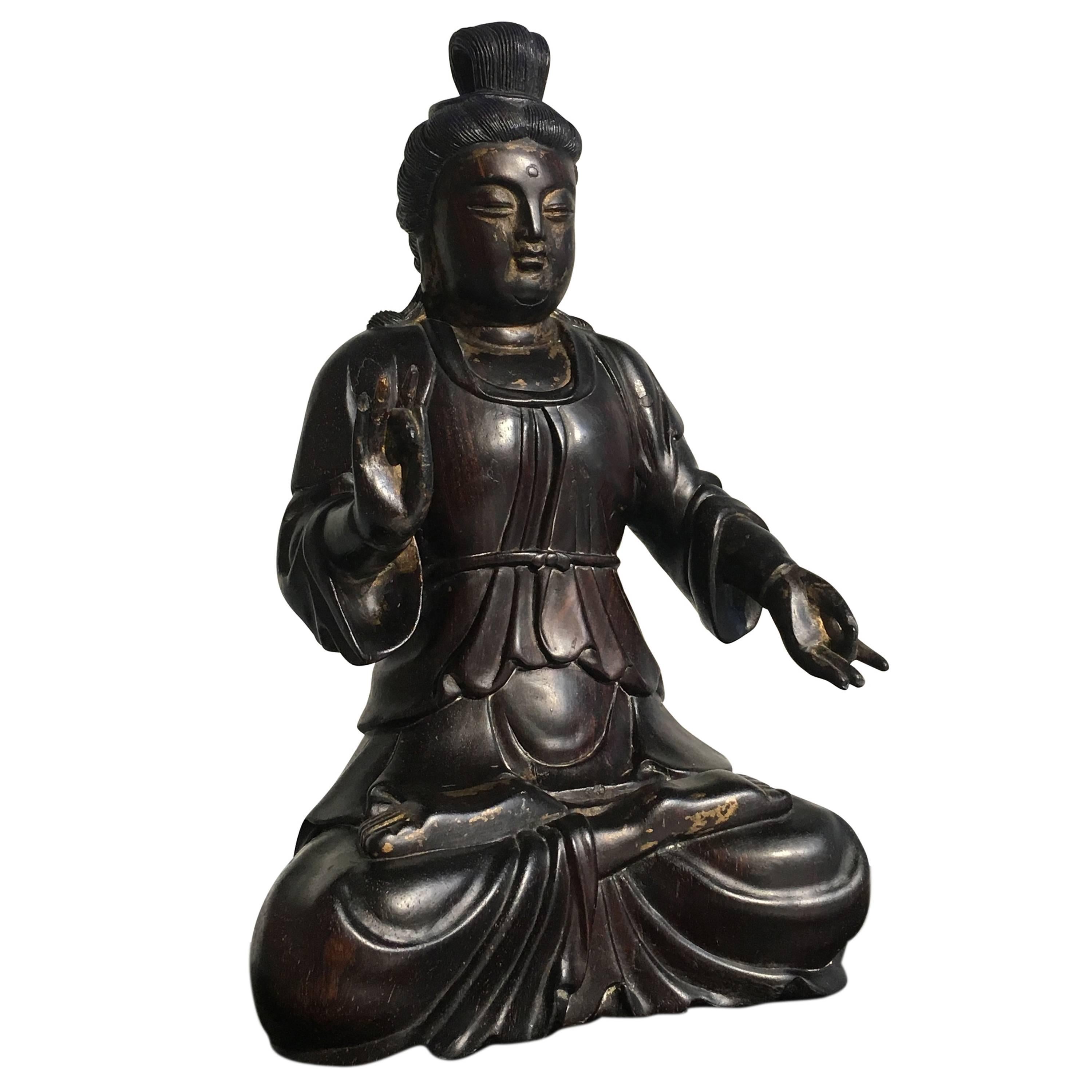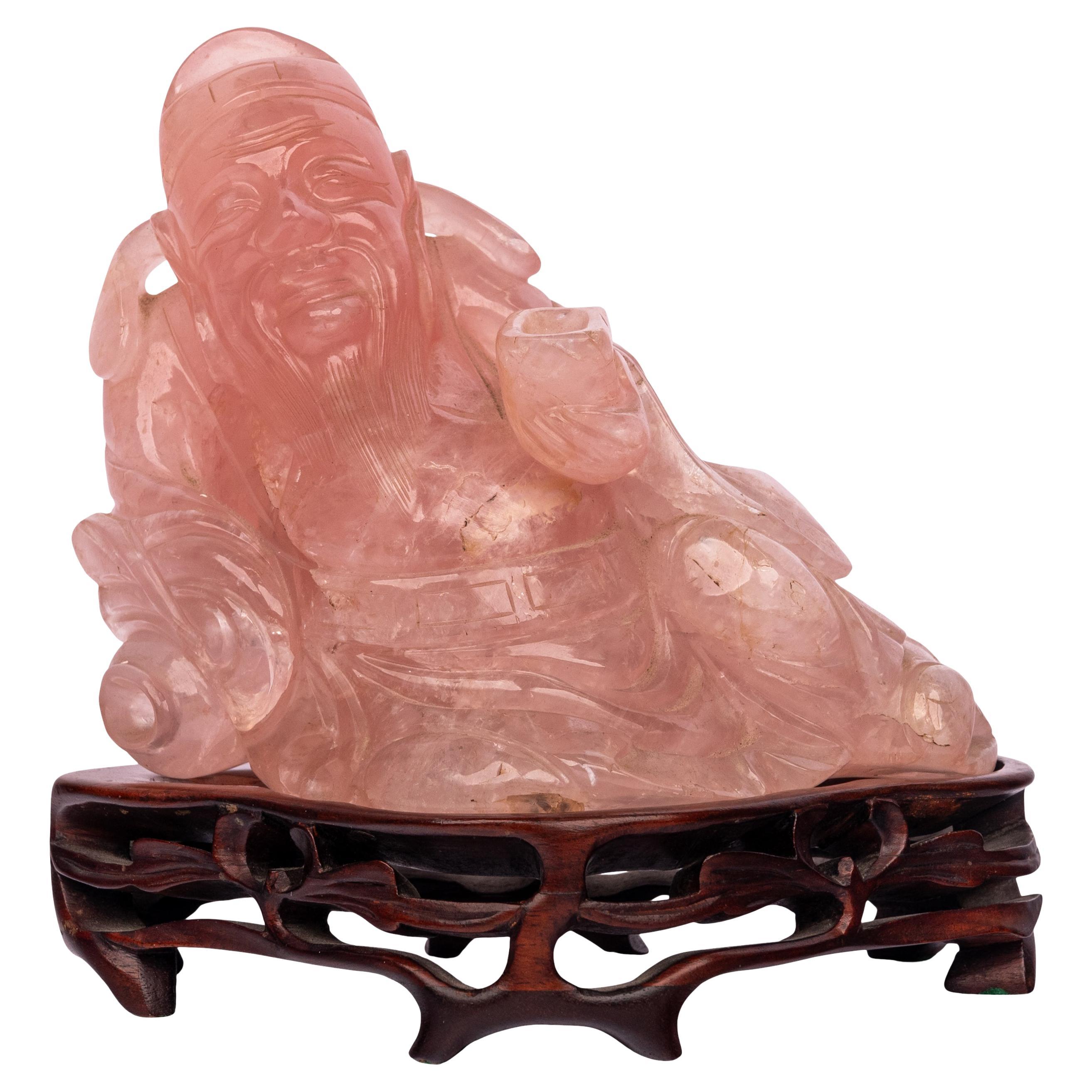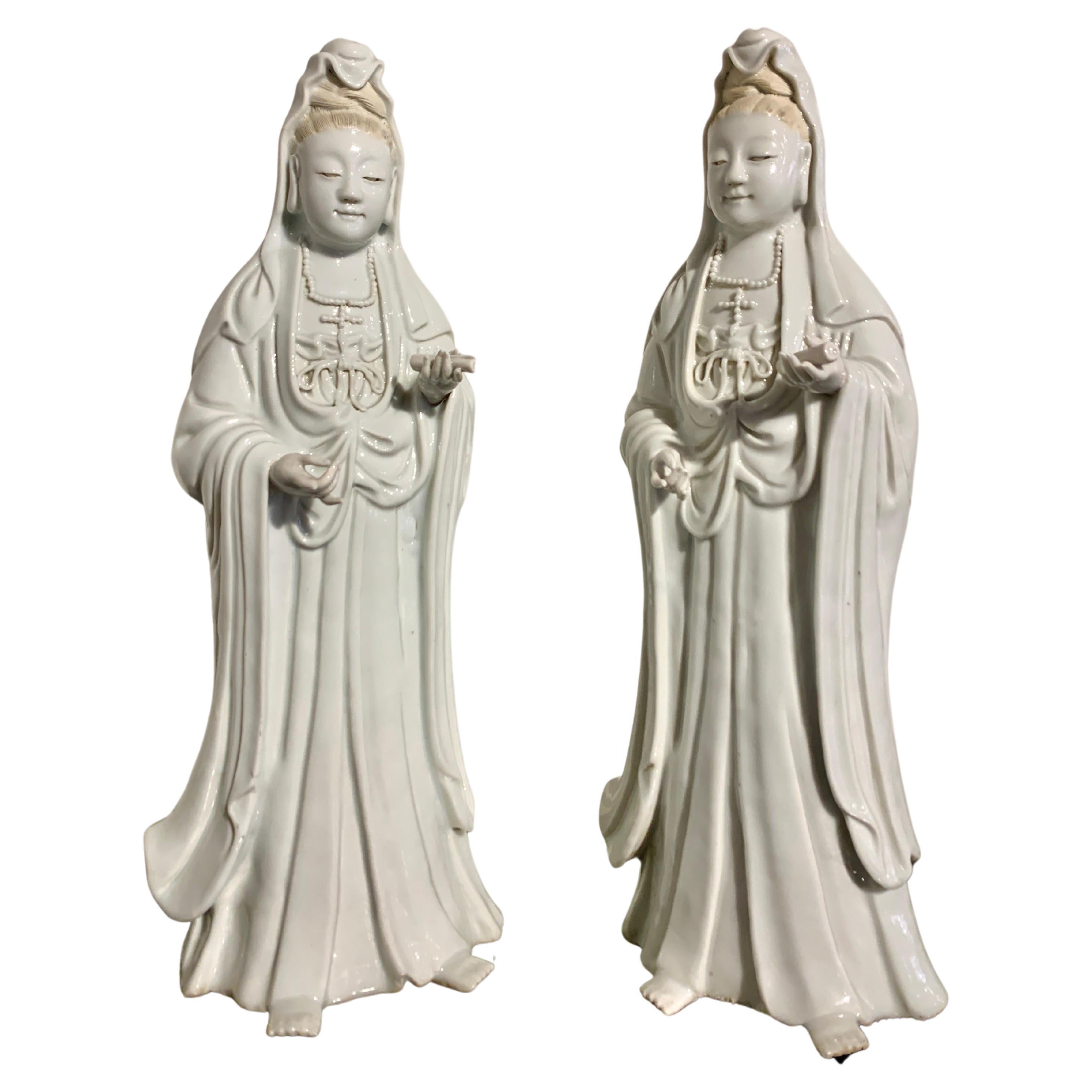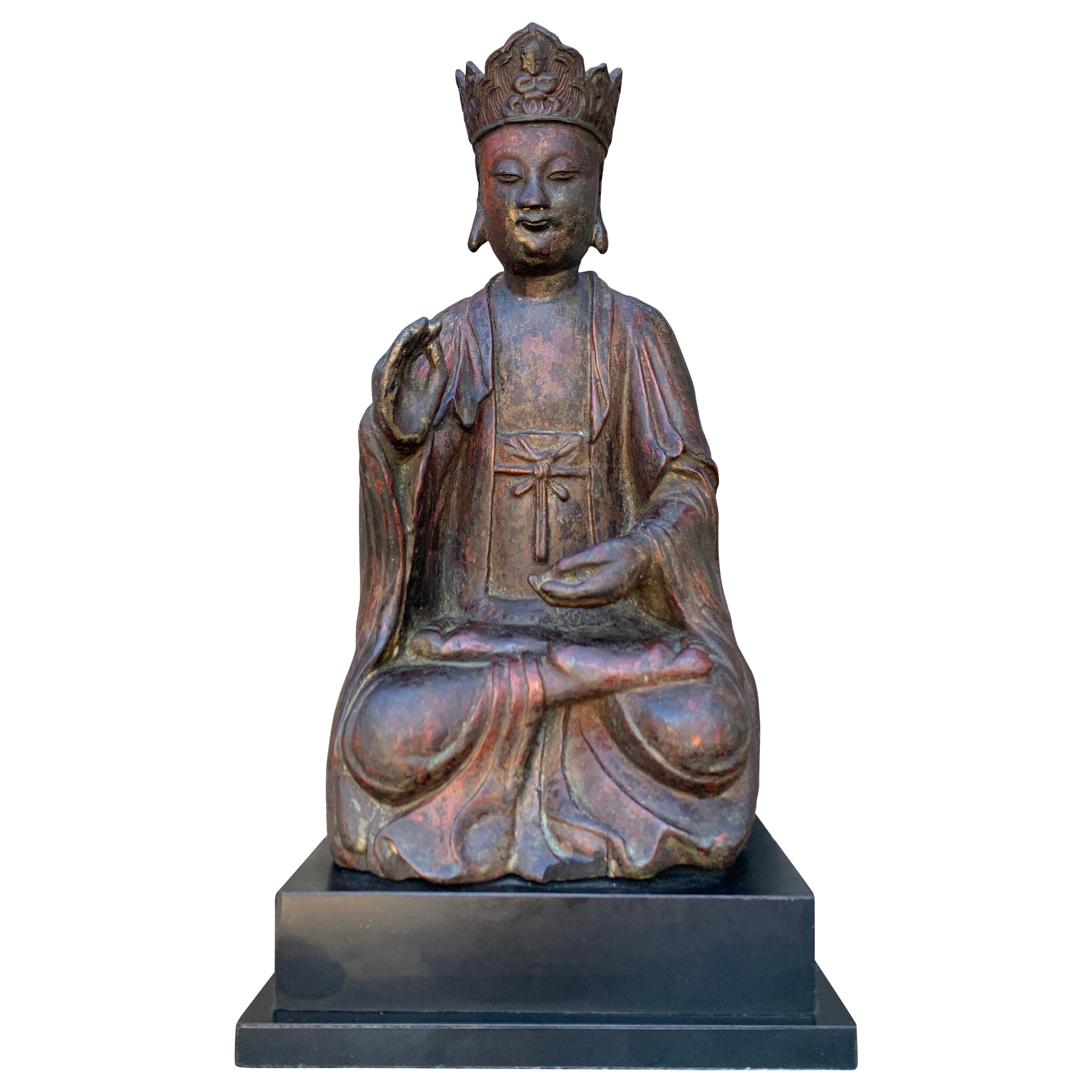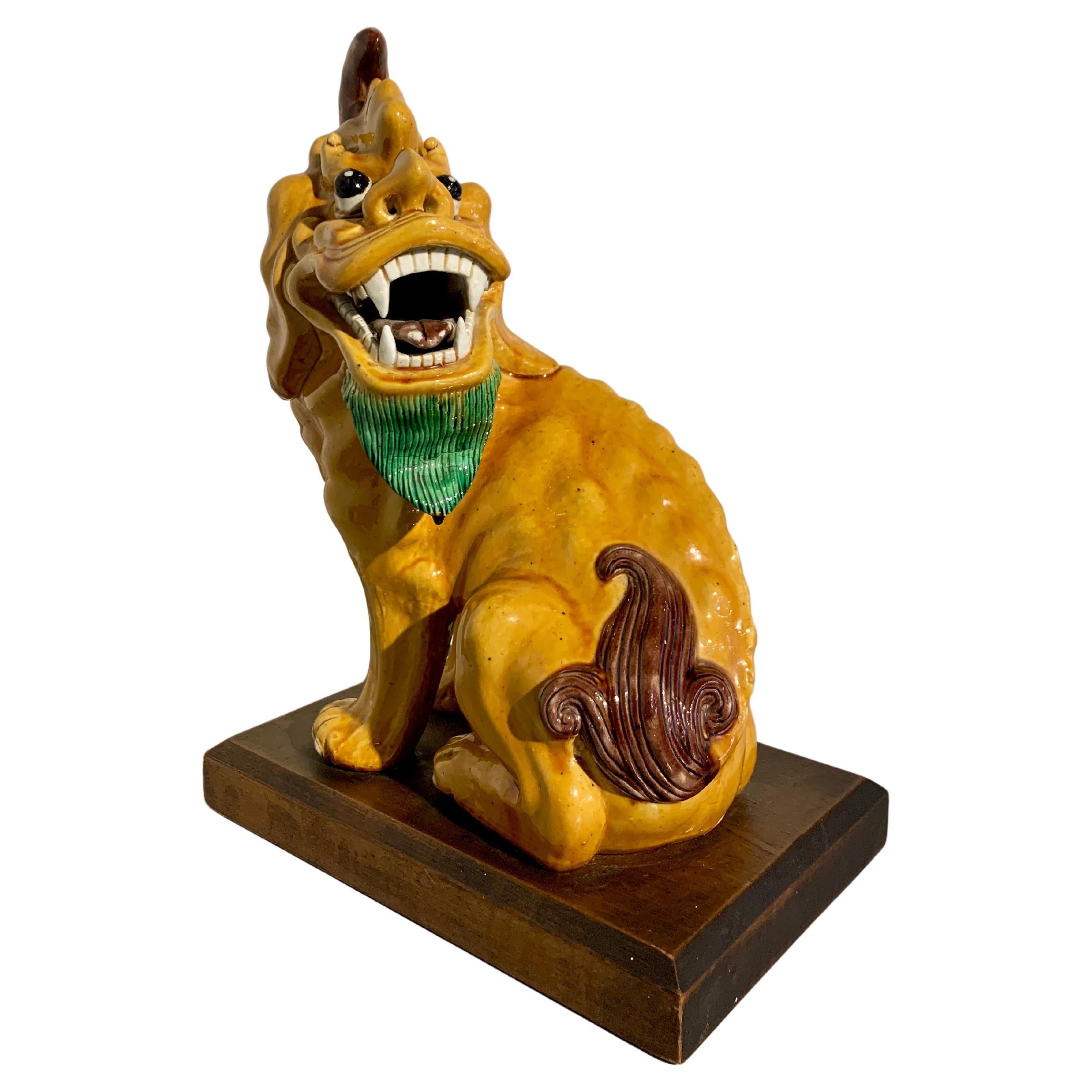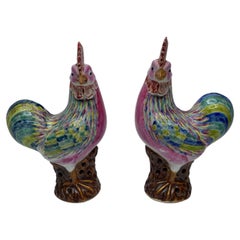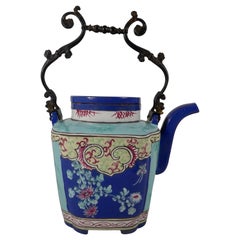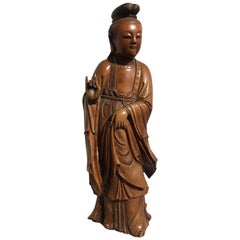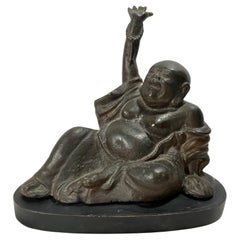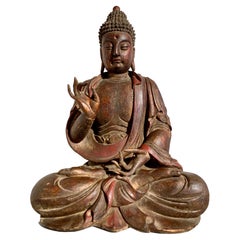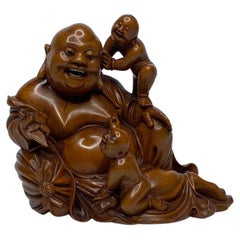
Chinese boxwood Buddha, c. 1900. Qing Dynasty.
View Similar Items
Want more images or videos?
Request additional images or videos from the seller
1 of 18
Chinese boxwood Buddha, c. 1900. Qing Dynasty.
About the Item
- Dimensions:Height: 4.14 in (10.5 cm)Width: 5.32 in (13.5 cm)Depth: 3 in (7.6 cm)
- Style:Qing (Of the Period)
- Materials and Techniques:
- Place of Origin:
- Period:1900-1909
- Date of Manufacture:1900
- Condition:Wear consistent with age and use.
- Seller Location:Gargrave, GB
- Reference Number:1stDibs: LU4397132846922
About the Seller
5.0
Vetted Seller
These experienced sellers undergo a comprehensive evaluation by our team of in-house experts.
Established in 1982
1stDibs seller since 2019
44 sales on 1stDibs
Typical response time: 1 hour
More From This SellerView All
- Chinese porcelain cockerels, c. 1890. Qing Dynasty.Located in Gargrave, North YorkshirePair of Chinese porcelain cockerels, c. 1890, Qing Dynasty. Both cockerels modelled standing on rocky bases, and their boldly decorated feathers in famille rose enamels. Their combs ...Category
Antique 1890s Chinese Qing Ceramics
MaterialsPorcelain
- Chinese Yixing Enameled Teapot and Cover, 19th Century, Qing DynastyLocated in Gargrave, North YorkshireChinese Yixing stoneware teapot, mid-19th century. The large teapot enameled to either side, with panels of flowering plants, between turquoise panels painted with bamboo shoots. Hav...Category
Antique Mid-19th Century Chinese Qing Ceramics
MaterialsStoneware
- Chinese bronze Monkey, 17th Century, Ming Dynasty.Located in Gargrave, North YorkshireChinese bronze figure of a Monkey, 17th Century, Ming Dynasty. The amusing study, cast as a seated monkey, about to devour a peach, held in his right hand. His hair well delineated, ...Category
Antique 17th Century Chinese Ming Metalwork
MaterialsBronze
- Chinese Millefleur Dragon vase, Republic Period.Located in Gargrave, North YorkshireChinese porcelain ‘Millefleur’ Dragon vase, Republic Period. The bottle shaped vase, well painted in vibrant famille rose enamels, with a profusion of flowers on a gilt ground. The n...Category
Vintage 1930s Chinese Qing Ceramics
MaterialsPorcelain
- Pair Chinese Court Lady candlesticks, c. 1760, Qianlong.Located in Gargrave, North YorkshireA fine pair of Chinese porcelain candlestick figures, c. 1760, Qianlong Period. Modelled as Court Ladies, holding large lotus pods, wearing flowing robes, decorated in vibrant famill...Category
Antique 1750s Chinese Qing Ceramics
MaterialsPorcelain
- Chinese porcelain platter, Famille rose, c. 1760. Qianlong Period.Located in Gargrave, North YorkshireChinese porcelain serving plate, c. 1760, Qianlong Period. The centre painted in famille rose enamels, with a large elaborate basket of flowers and fruit, surrounded by sprigs of flo...Category
Antique 1760s Chinese Qing Porcelain
MaterialsPorcelain
You May Also Like
- Chinese Carved Boxwood Figure of Guanyin, Mid-Qing DynastyLocated in Austin, TXA sublime Chinese carved boxwood figure of the Bodhisattva of Compassion, Avalokiteshvara, called Guanyin in Chinese, mid-Qing dynasty. The an...Category
Antique Late 18th Century Chinese Qing Sculptures and Carvings
MaterialsBoxwood
- Chinese Qing Dynasty Bronze Statue of Seated Happy Maitreya BuddhaLocated in Vero Beach, FLChinese Qing Dynasty Bronze Statue of Seated Happy Maitreya Buddha. A Chinese bronze statue from the late 18th century Qing Dynasty period is ca...Category
Antique 18th Century Chinese Qing Sculptures and Carvings
MaterialsBronze
- Large Chinese Carved and Lacquered Buddha, Qing Dynasty, 19th CenturyLocated in Austin, TXA large and magnificent near life-sized Chinese carved and lacquered wood figure of a Buddha, Qing Dynasty, 19th century or earlier, southern China. The figure likely represents one of the Five Tathagatas, also known as Dhyani Buddhas or Wisdom Buddhas. More specifically, either Amitabha or Amoghasiddhi. Amitabha is the Buddha of infinite light, and represents the wisdom of observation and recognition. Amoghasiddhi is the Buddha of accomplishment, and represents the wisdom of perfected practices. The size and scale of the Buddha indicates it was made for temple worship. The large Buddha is portrayed seated in vajrasana, or full lotus position, with the soles of both feet facing up. His elegant hands, with impossibly long and slender fingers, perform shuni mudra, the gesture of bestowing patience. His right arm is bent at the elbow, the right hand raised to heart level. The left arm resting gently in his lap, the left hand at navel level. The Buddha is dressed in voluminous robes that wrap around his shoulders and body, and tied at the waist. The heavy fabric draping and pooling elegantly all around his robust body. His broad chest and right arm exposed. The Buddha's face is both solemn and beatific - his expression seeming to change depending on the angle of view. The most notable feature of his face is the large urna to the center of his forehead, set between a pair of painted, high arching brows over heavily lidded almond shaped eyes. A strong nose is set above a small mouth pursed in an ever so slight smile. Long pendulous earlobes touch his shoulders. The Buddha's hair arranged in the typical fashion, with "spikes" representing tight curls. A prominent ushnisha rises from the crown of his head, covered by more hair, and topped with a rounded protuberance. The Buddha is constructed from several blocks of wood, joined, carved and lacquered a deep red-brown with gold flecks...Category
Antique 19th Century Chinese Qing Sculptures and Carvings
MaterialsWood
- Large Chinese Carved Nephrite Jade Double Buddha's Hand Vase, Late Qing DynastyLocated in Austin, TXA large and graceful carved nephrite jade conjoined double vase in the form of a pair of Buddha's hands fruit (finger citron), late Qing Dynasty, circa 1900, China. The large and heavy vase carved from a single piece of celadon nephrite jade, with areas of lighter brown "sugar" skin. The vase ingeniously carved as a pair of Buddha's hand fruit, also known as finger citron, rising from a gnarled, leafy branch. The smaller Buddha's hand with a pair of bats. The Buddha's hands fruit with elegant and naturalistic curved "fingers". The "fingers wonderfully shaped and reticulated. The body of the fruit with simple stippling, in imitation of the textured surface of the real fruit. The interior of each fruit well hollowed and able to hold water. Buddha's hands fruit are auspicious in Chinese culture. Their name in Chinese "Fo Shou" is a homophone for "Happiness and Longevity. They are often placed as offerings on Buddhist altars...Category
Antique Early 1900s Chinese Qing Sculptures and Carvings
MaterialsJade
- Chinese 1900 Qing Dynasty Bodhisattva Altar Temple-Pagoda In Wood And CarvingsLocated in Miami, FLBuddhist altar temple-pagoda from the Qing Dynasty (1644-1911). Fabulous and very rare, East Asian, Buddhist Altar Temple-Pagoda. It was created in China during the late Qing Dynast...Category
Antique 1890s Chinese Qing Sculptures and Carvings
MaterialsWood, Ivory
$38,800 Sale Price20% Off - Antique Nephrite Jade Buddha Statue Qing DynastyLocated in Somis, CAA Qing dynasty, hand carved, lustrous, solid natural nephrite green jade Buddha. Carved seated on a rock against flame-shaped mandorla, the broad-faced figure rendered with a serene expression by downcast eyes beneath high arched brows above pursed lips, flanked by long pendulous ear lobes and beneath a pronounced hairline framing the forehead and hair gathered into a bun. Buddha holds a vase in the left hand while his right hand rests on the right knee. A long robe drapes gracefully pooling around the legs exposing the right foot. The prominent "y" shape formed by the strong nose and high brows is typical of 18th century Qian Long...Category
Antique 19th Century Chinese Sculptures and Carvings
MaterialsJade
